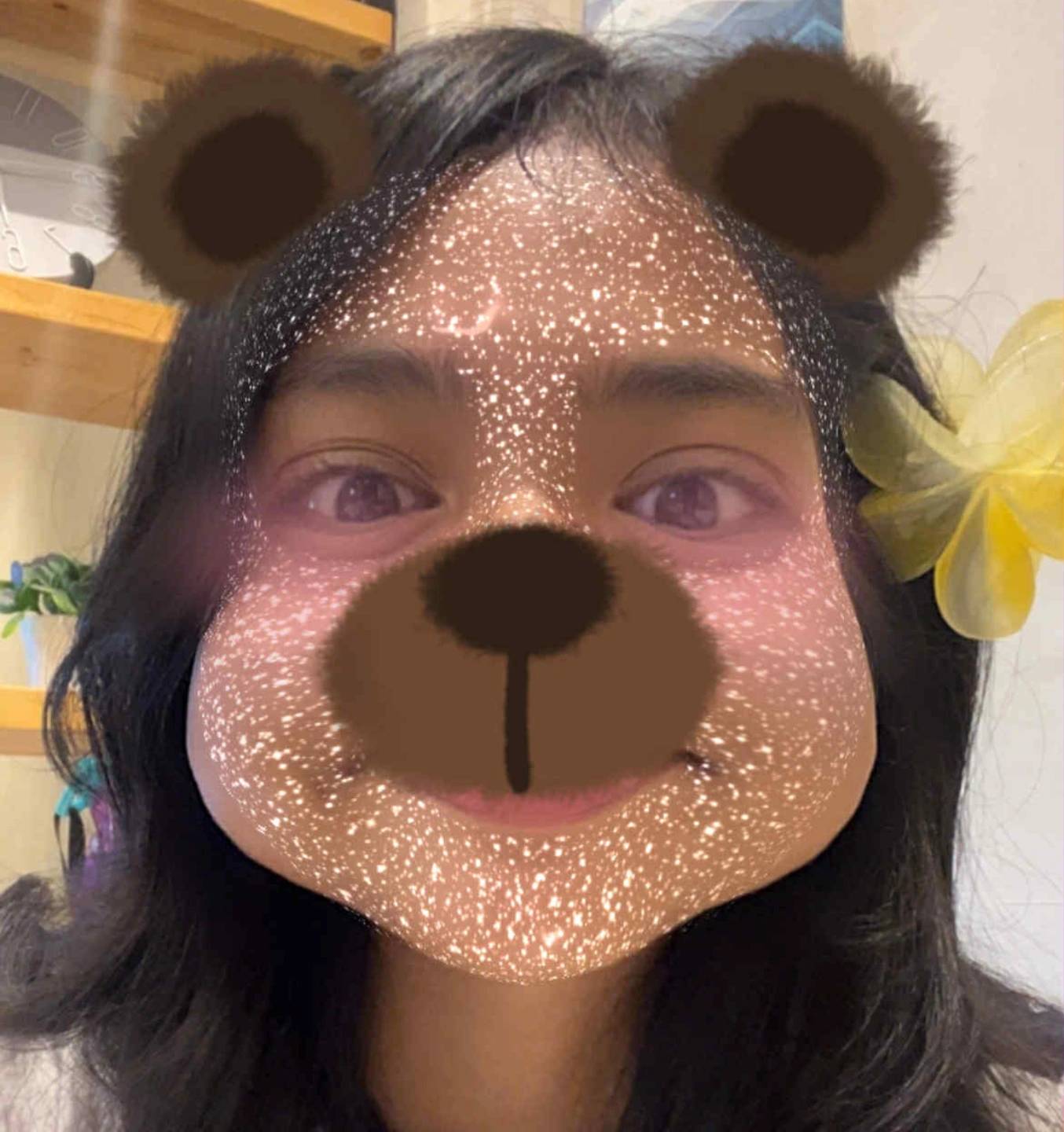RESEARCH ST
Subdecks (7)
M8
💛 Grade 8 2425 > ✧ RESEARCH 8 > Q3 > RESEARCH ST36 cardsM6
💛 Grade 8 2425 > ✧ RESEARCH 8 > Q3 > RESEARCH ST26 cardsM5
💛 Grade 8 2425 > ✧ RESEARCH 8 > Q3 > RESEARCH ST81 cardsM4
💛 Grade 8 2425 > ✧ RESEARCH 8 > Q3 > RESEARCH ST85 cardsM3
💛 Grade 8 2425 > ✧ RESEARCH 8 > Q3 > RESEARCH ST53 cardsM2
💛 Grade 8 2425 > ✧ RESEARCH 8 > Q3 > RESEARCH ST35 cardsM1
💛 Grade 8 2425 > ✧ RESEARCH 8 > Q3 > RESEARCH ST22 cards
Cards (653)
- What is the definition of research design?
- What does formulating a research design involve?
- What is one question to consider when formulating a research design?
- How does research design contribute to statistical tests of significance?
- What are the significance and benefits of research design?
- What does the research design ensure regarding data?
- What is the role of variables in research design?
- What are the three classes of variables based on cause and effect?
- What is an independent variable?
- What is a dependent variable?
- What is an extraneous variable?
- In the fertilizer experiment, what is the independent variable?
- In the fertilizer experiment, what is the dependent variable?
- In the fertilizer experiment, what are the extraneous variables?
- What is the main topic of Module 4 in Research II?
- What is an experimental group?
- Why is it important to learn about sampling methods?
- What is a control group?
- What are the two main types of sampling?
- What is the purpose of sampling in research?
- What are controlled experiments?
- What is a sample in research?
- What are the basic elements to consider in research design?
- What is the difference between sample and population?
- What is a variable in research?
- What is the significance of sampling methods in research design?
- What is probability sampling?
- How are variables used in investigative research?
- What is simple random sampling?
- How are variables applied in engineering projects?
- How can a researcher use the lottery method in sampling?
- What is local control in research design?
- What is systematic sampling?
- What does replication in research design refer to?
- How can systematic sampling be implemented in a study?
- What is stratified random sampling?
- What is randomization in research design?
- How can a researcher stratify a population?
- What is a completely randomized design (CRD)?
- What is cluster sampling?
